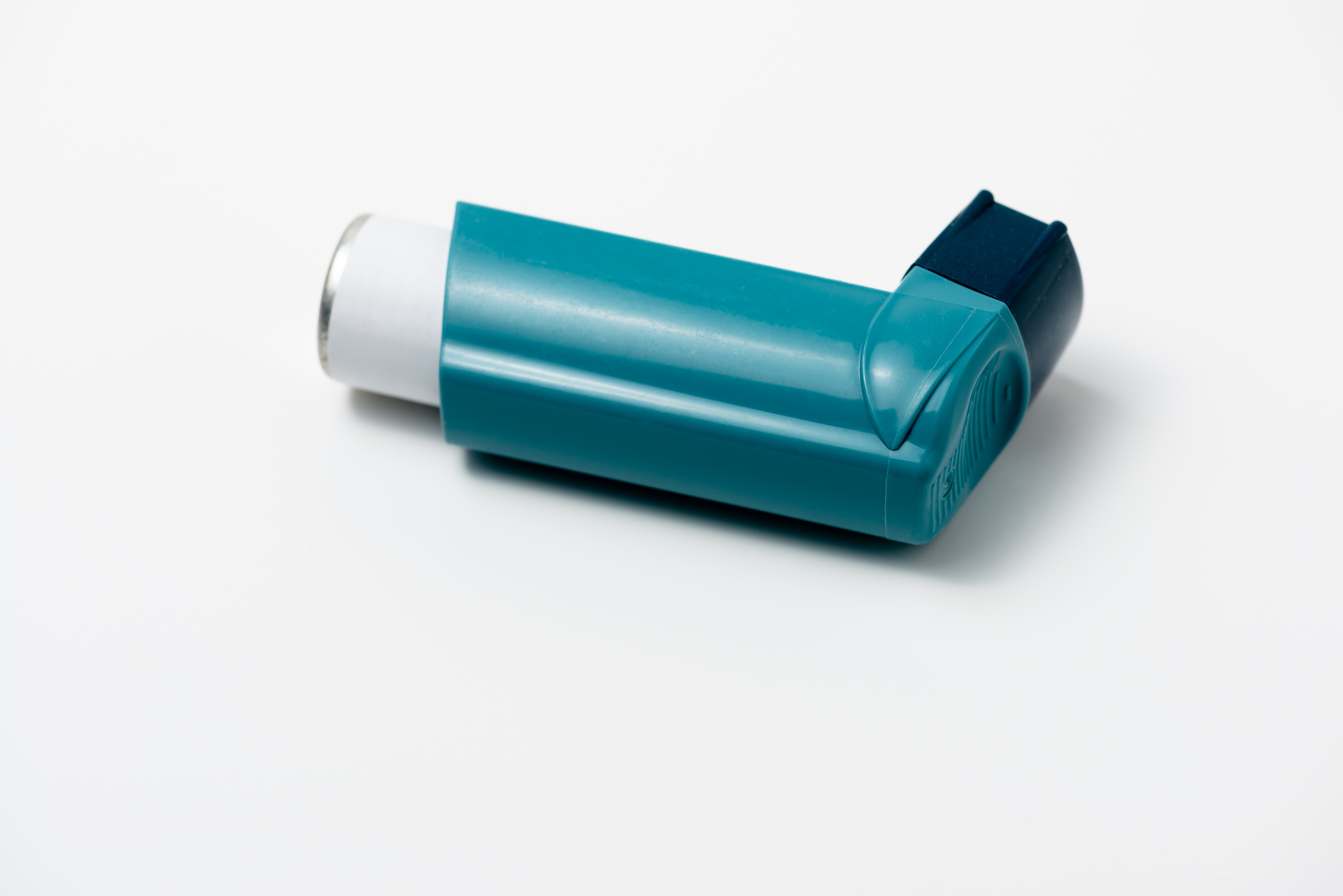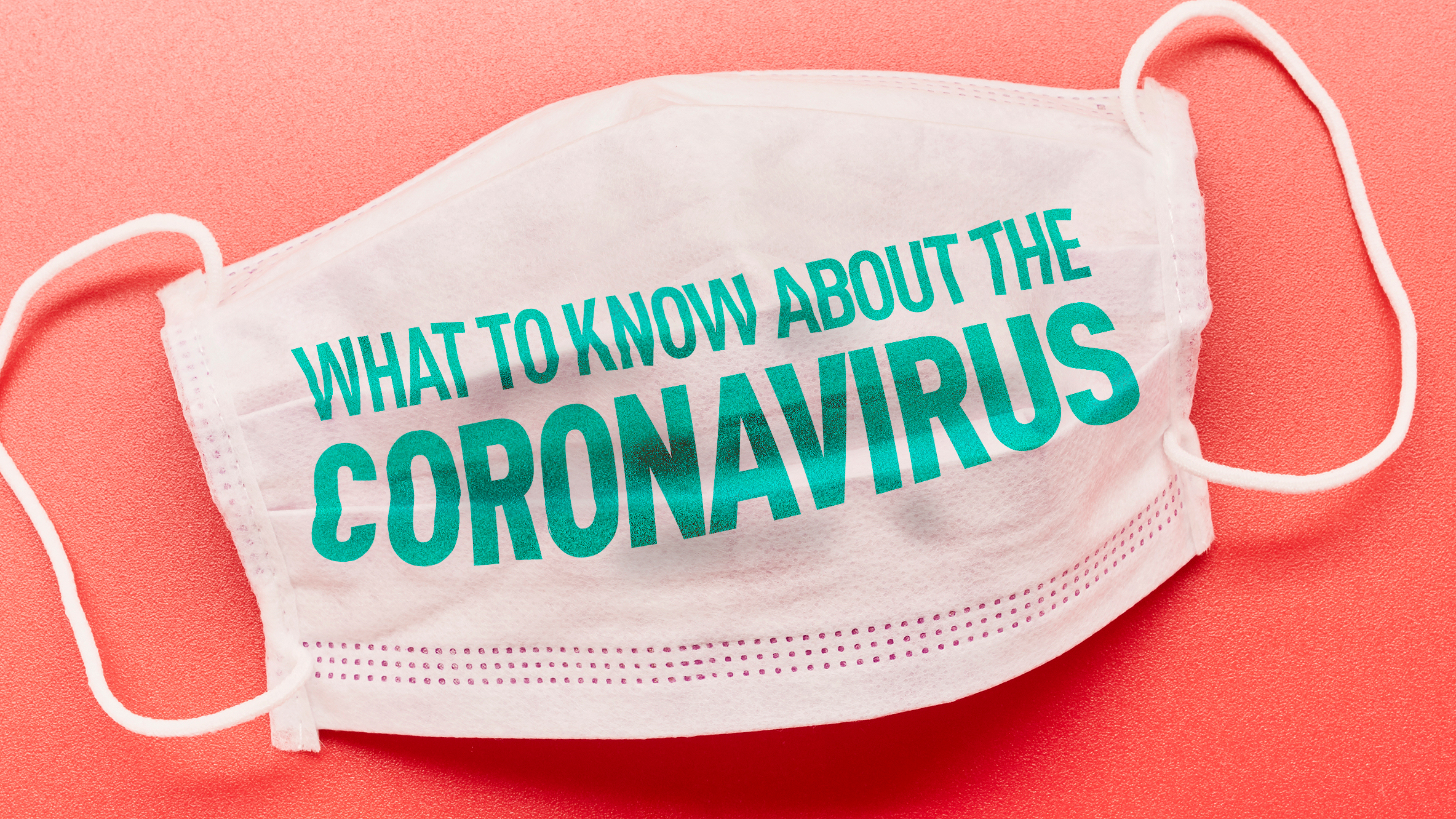San Diego musician Drew Andrews was cooking soup on March 22, when out of the blue, he lost his sense of taste and smell. Actress Rita Wilson described losing her sense of taste and smell before developing other symptoms more commonly associated with the new respiratory disease. Utah Jazz star Rudy Gobert tweeted he had suffered the same sudden, unexplained loss of these senses and wondered whether others had experienced the same. All three also tested positive for COVID-19.
While anosmia, the loss of smell, and ageusia, the diminished sense of taste, are not atypical symptoms for viral infections of the throat and nose, like the common cold, anecdotal evidence from around the world found patients experiencing these without having any other respiratory symptoms. In some cases, those symptoms later developed. Citing mounting reports from several countries, experts concluded a loss of smell or taste may be an early sign of infection and serve as a useful screening tool.
On Monday, the U.S. Centers for Disease Control and Prevention expanded its guidelines for identifying COVID-19 to include loss of taste and smell. The CDC also added chills, repeated shaking with chills, muscle pain, headache and sore throat. A previous list of symptoms was limited to fever, coughing and shortness of breath or difficulty breathing.
The evolving list reflects some of the conditions doctors have encountered while treating patients with COVID-19. But many more have appeared with some regularity. Patients and doctors alike are parsing signs of illness to figure out who needs what tests or care and how worried they should be.
Coronavirus Pandemic Coverage
Here's what we do and don't know about coronavirus symptoms:
Classic Symptoms: The Basics
As previously noted, the CDC has identified nine key symptoms associated with the new coronavirus:
- fever
- coughing
- shortness of breath or difficulty breathing
- chills
- repeated shaking with chills
- muscle pain
- headache
- sore throat
- new loss of taste or smell
The World Health Organization includes tiredness, diarrhea, nausea and a runny nose in its list of common and "other" symptoms.
For most people, the coronavirus causes mild or moderate symptoms that clear up in two to three weeks. For some, especially older adults and people with other medical problems such as high blood pressure, obesity, diabetes or heart conditions, it can cause more severe illness and death.
The CDC advises that people seek immediate medical attention if they have trouble breathing, persistent pain or pressure in the chest, new confusion or inability to arouse or bluish lips or face.
Red Flags: Telltale Signs of COVID-19
As the number of confirmed cases surge past 3.1 million globally and deaths surpass 216,000, health experts are still trying to understand how the disease impacts the human body. Dozens of studies and reports have documented smaller subsets of people who've experienced everything from rashes to seizures to pink eye.
Accumulating evidence points to a possible link to COVID-19, but experts maintain that more peer reviewed studies are needed to come to a conclusion about these less familiar symptoms.
RASHES AND HIVES: In a report published in March in the Journal of the European Academy of Dermatology and Venereology, Italian researchers studied 88 COVID-19 patients at Lecco Hospital in the country's Lombardy region, and found 20.4% had skin issues ranging from a red rash on their torsos to hives or chickenpox-like blisters. Similar reports have surfaced in France, Spain, Thailand and in the U.S., prompting the American Academy of Dermatology to open a registry for health professionals to log skin complaints thought to be related to COVID-19.
According to the AAD, many viral illnesses are accompanied by skin rashes caused by the body's immune system fighting off the infection.
COVID TOES: Dermatologists and podiatrists are also investigating another possible symptom known as "COVID toes." The pseudo-frostbite condition is characterized by purple or red lesions on toes and sometimes even the bottoms of feet and fingers. Feet can occasionally become itchy, painful or may show no other symptoms besides discoloration, according to Dr. Amy Paller, a dermatologist for Northwestern Medicine, who has seen dozens of cases of "COVID Toes."
In the first week that the AAD symptoms registry was launched, more than half of the 90 to 100 reports addressed patients with purple lesions on feet or hands. For some but not all patients, it was the only symptom, according to Dr. Esther Freeman, a dermatologist at Massachusetts General Hospital in Boston, who is running the registry in collaboration with the AAD. Freeman told TODAY that experts have some ideas on what could be causing the lesions, but the research is just beginning.
The sores have also been reported in patients in Spain, Italy, France and Thailand, according the AAD.
CONJUNCTIVITIS: Also known as pink eye, conjunctivitis may occur in 1% to 3% of infected people, the American Academy of Ophthalmology warned members last month, advising eye doctors to be on the lookout for patients who complained of pink eye and who also had fever and respiratory symptoms such as cough and shortness of breath. Virus particles have been found in eye secretion of COVID-19 positive patients, but the group acknowledges the risk of transmission is low.
And it's not just atypical symptoms that have baffled the medical community. Doctors on the front lines are also discovering new complications of COVID-19. Growing evidence suggests the respiratory disease's reach stretches beyond the lungs to wreak havoc on the blood and nervous systems.
Doctors have observed hospitalized patients with coronavirus developing unusual blood clots, NBC News reported. A study from the Netherlands published this month looked at data on 184 patients in intensive care with COVID-19. Nearly a third were found to have clots, which is "remarkably high" for ICU patients, the study authors wrote.
Some physicians are reporting increases of patients in their 30s and 40s with COVID-19-related strokes that result when clots block blood vessels leading to the brain, according to The Washington Post.
A recent study of 214 hospitalized patients in Wuhan, China, where the pandemic started, found more than a third had neurologic manifestations of the disease, including impaired balance or coordination, loss of consciousness and seizures.
“[The disease] can attack almost anything in the body with devastating consequences,” says cardiologist Harlan Krumholz of Yale University and Yale-New Haven Hospital. “Its ferocity is breathtaking and humbling.”
What Are the Coronavirus Symptoms in Kids?
To date, children have been among the least affected group by the coronavirus. Data from more than 75,000 cases in China showed they comprised 2.4% of all cases and mostly suffered only mild symptoms.
Isolated reports show infants, babies, toddlers and older children experience similar symptoms of COVID-19 as adults. Dr. Patricia Whitley-Williams, chief of pediatric infectious disease at Rutgers Robert Wood Johnson Medical School in New Brunswick, New Jersey, told TODAY that the medical community still relies on “cough, respiratory distress — breathing fast, having difficulty catching your breath — fever" as screening tools for possible infections in children.
But doctors have observed that children with coronavirus do report a unique symptom: stomach distress.
“They’ll develop gastrointestinal symptoms, especially diarrhea and vomiting, which may not be seen in adults,” Whitley-Williams explained.
Is There a Link Between Kawasaki Disease and COVID-19 in Kids?
More recently, doctors in the United Kingdom reported a rare inflammatory condition in children that is possibly linked to the new coronavirus, The Associated Press reported. Britain’s Paediatric Intensive Care Society issued an alert to doctors noting that in the past three weeks, there has been an increase in the number of children with inflammatory problems requiring intensive care. The group said there was “growing concern” that either a COVID-19 related syndrome was emerging in children or that a different, unidentified disease might be responsible.
The cases were also reported to have features of toxic shock syndrome or Kawasaki disease, a rare blood vessel disorder. Only some of the children tested positive for COVID-19, so scientists are unsure if these rare symptoms are caused by the new coronavirus or by something else. Health officials estimate there have been about 20 such cases in Britain and NHS England said it is urgently investigating the reports.
Spain’s Association of Pediatrics recently made a similar warning as did the Italian Paediatricians' Society. Some possible cases have also been reported in France and Belgium.
In the U.S., three children — who range in age from 6 months to 8 years — with the coronavirus have undergone treatment for similar cases, according to Columbia University Medical Center in New York, Reuters reported. All three had fever and inflammation of the heart and the gut.
The three cases in New York follows a similar report at Stanford University involving a 6-month-old girl in California who was admitted to the hospital with Kawasaki disease and then diagnosed with COVID-19.
Dr. Roshni Mathew, a pediatric infectious disease specialist at Stanford's Lucile Packard Children's Hospital who wrote up the case in the journal Hospital Pediatrics, said the cause of Kawasaki disease is not known, but several pathogens have been suggested as a possible trigger, including some human coronaviruses.
“We’ll need more information published in the peer-reviewed literature to better understand this association. However, Kawasaki disease is a relatively rare condition, so seeing these cases makes us concerned that Kawasaki disease could be a rare complication of COVID-19,” said Dr. Sonja Rasmussen, a University of Florida pediatrics professor who co-authored a recent JAMA Pediatrics article about COVID-19 and children. “We need to remain vigilant when we see children with findings that aren’t typical for COVID-19.”
The chair of the WHO's European Technical Advisory Group said Thursday it was “urgently conducting a surveillance study in the United Kingdom to establish what is going on."
As more and more people contract COVID-19, doctors are gaining further knowledge of the disease. While it may seem like a new symptom pops up every other day, raising awareness of what to look out for can help to slow the spread of this disease.





